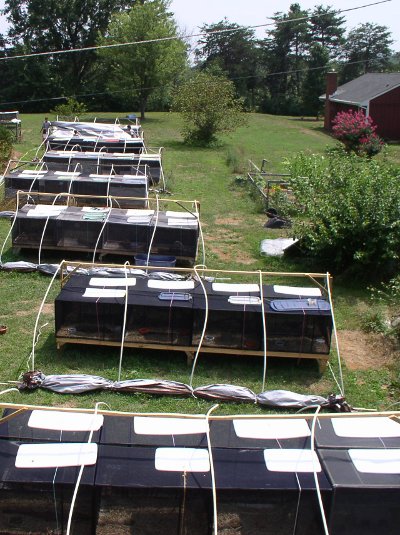Whatcamo
New Member
Hey every one I have the opportunity to get a baby bearded dragon and I want to know what's the best things to get him set up with
Enclosure?
Lighting?
Temps?
Feeding? ( I already crickets and dubia)
Dusting / supplements?
Whatever else I'm missing please help me out with thanks!
Enclosure?
Lighting?
Temps?
Feeding? ( I already crickets and dubia)
Dusting / supplements?
Whatever else I'm missing please help me out with thanks!

